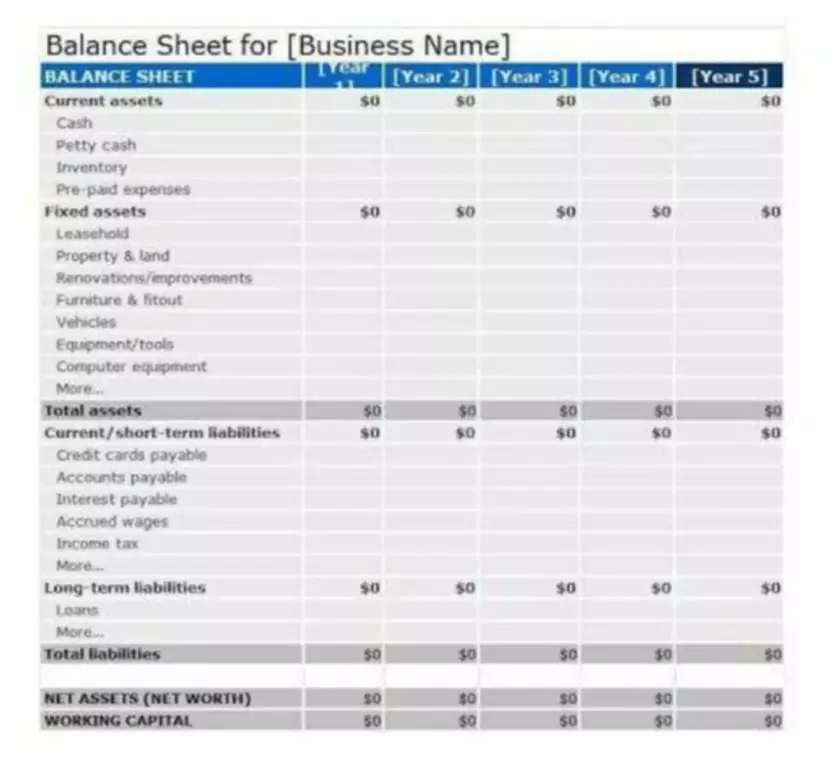Content

One of the https://www.bookstime.com/ reasons some businesses might be more susceptible to cash flow issues stems from how cash is collected versus how it’s spent. If there is a huge gap between cash being collected from customers and when suppliers are paid, it could signal issues with cash flow that businesses must rectify. Worried about your ability to pay suppliers, or worse, your ability to pay your staff? You could be dealing with cash flow problems, which as many businesses know all too well, can be the beginning of the end as far as your continuing operations are concerned.

As a small business owner, you often wear many hats when first launching your company, including that of chief financial officer. At the root of controlling your business’s finances, you need to understand how cash flows in and out daily, weekly and monthly. It can be relatively straightforward to keep track of business cash flow and forecast sales. But as a business grows, the business owner may reach a point where cash management becomes more complex. Reviewing expenses and pricing can help small business owners determine if they should adjust prices or discontinue products or services with weak margins.
Good vs. Bad Debt: How to Use Debt Wisely
Sage makes no representations or warranties of any kind, express or implied, about the completeness or accuracy of this article and related content. SaaS subscription models make life easier and more efficient. Download our guide ‘Build your Business with SaaS’, to discover how to change your business operations and adapt to build a SaaS culture of innovation. However, you’ll be expected to provide a return on investment for shareholders from positive performance in the stock market in the form of dividends and stock valuations. Look at ways to reduce your inventory – for instance; your supplier might be able to give you a refund or money back at a reasonable discount. If your inventory comes in the form of raw materials, you can use it in other lines or other plants. You might even want to work with competitors by sharing inventory and supplies.
cash flow problems flow is the net balance of cash moving into and out of your business at a specific point in time. Mitigating business cash flow problems should be at or near the top of every small business owner’s priority list. After all, while errors in customer service or supply chain management are certainly undesirable, cash flow mistakes have the potential to cripple a business.
Capacity Utilization and Effects on Product and Profit
Solutions such as invoice factoring can also help in the short term, where you ‘sell’ portions outstanding invoices to a third-party company. They’ll pay you for most of the invoiced amount and collect payments from customers directly. However, a solid receivables management plan can boost cash flow. One strategy owners use in this regard is to encourage larger down payments. One effective course of action is to offer discounts for larger initial payments.
How do you improve cash flow in a business?
- Start with good cash flow forecasting.
- Plan for different scenarios and understand the challenges of your industry.
- Consider your one-day cash flow value.
- Provide cash flow training for your team.
- Communicate effectively within your business.
- Make sure you get paid promptly.
- Manage with oversight.
The failure of a business can often be attributed to a lack of cash reserves and cash flow mismanagement. A cash reserve is an integral part of ensuring your business’ life, especially in the beginning when cash flow tends to be the slowest. Having a cash reserve can help cover startup costs and plug any cash flow gaps as needed to prevent heavy losses.
Causes of cash flow problems
Therefore, it is vital that there is always cash for urgent funding to ensure liquidity and avoid any negative cash flow. The statement of cash flow also helps owners know their main sources of cash. Since the cash flow statement classifies cash as operating, financing or investing activities, an owner may decide to focus on certain activities to help increase cash flow. In any emerging cash flow situation, the FD needs to take responsibility for identifying internal and external solutions to mitigate the short-term deficiency in cash. This is typically done by monitoring cash balances on a daily basis and building weekly projections to maximise visibility and flag problems early.
- We also reference original research from other reputable publishers where appropriate.
- Even if you have a great product that is increasing in sales, you’re in trouble if you’re caught between suppliers that want you to pay and buyers that are slow to pay.
- Why would managers prefer short-term cash over long-term equity bonuses?
- You want customers to pay their bills in rapid fashion, but in your own situation, it might make sense to hold off on paying bills until necessary.
Business owners facing high overhead costs need to look for ways to decrease these costs to make room for profits and a smooth cash flow. Understanding how and why cash flow issues commonly occur can help you address them before they affect your business. Cash flow issues can arise from low-profit margins, problems invoicing and collecting payments, and over-investing in inventory or capacity. And the causes of cash flow issues vary, from macroeconomic issues to issues within your business. Are you adding unnecessary materials like tissue paper and branded bags to your products? Consider phasing out and focusing on your top-selling products instead.
Varied payment terms
Poor cash flow management is one of the top reasons small businesses fail. Properly managing your cash flow takes time and energy, but it’s imperative to understand where and when your cash is coming in and how it’s leaving. As you monitor your finances, be aware of these seven common cash flow problems that can severely impact your business.
What do you do with cash flow?
Positive cash flow in financial management shows that a business’s liquid assets are increasing. With a positive cash flow, you can settle debts, reinvest in your business, pay expenses, and create a hedge for financial challenges in the future. In business financing, a company with strong cash flow can take advantage of lower interest loans and more profitable investments.
